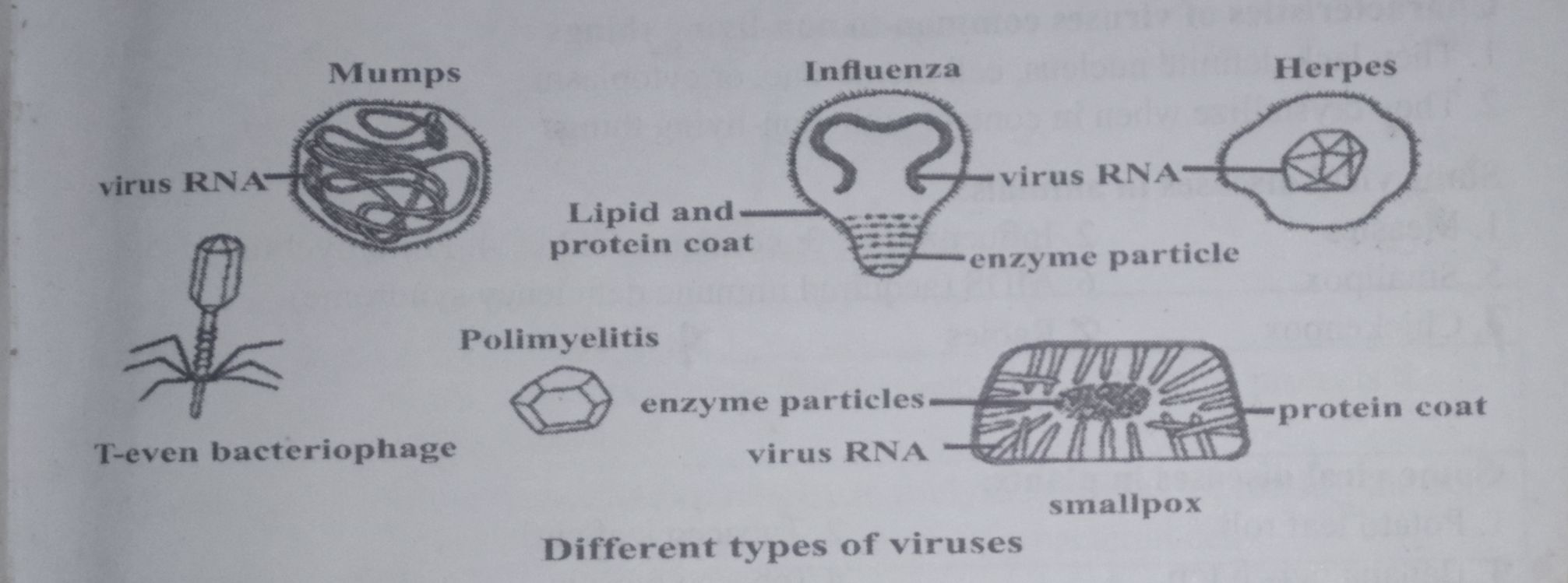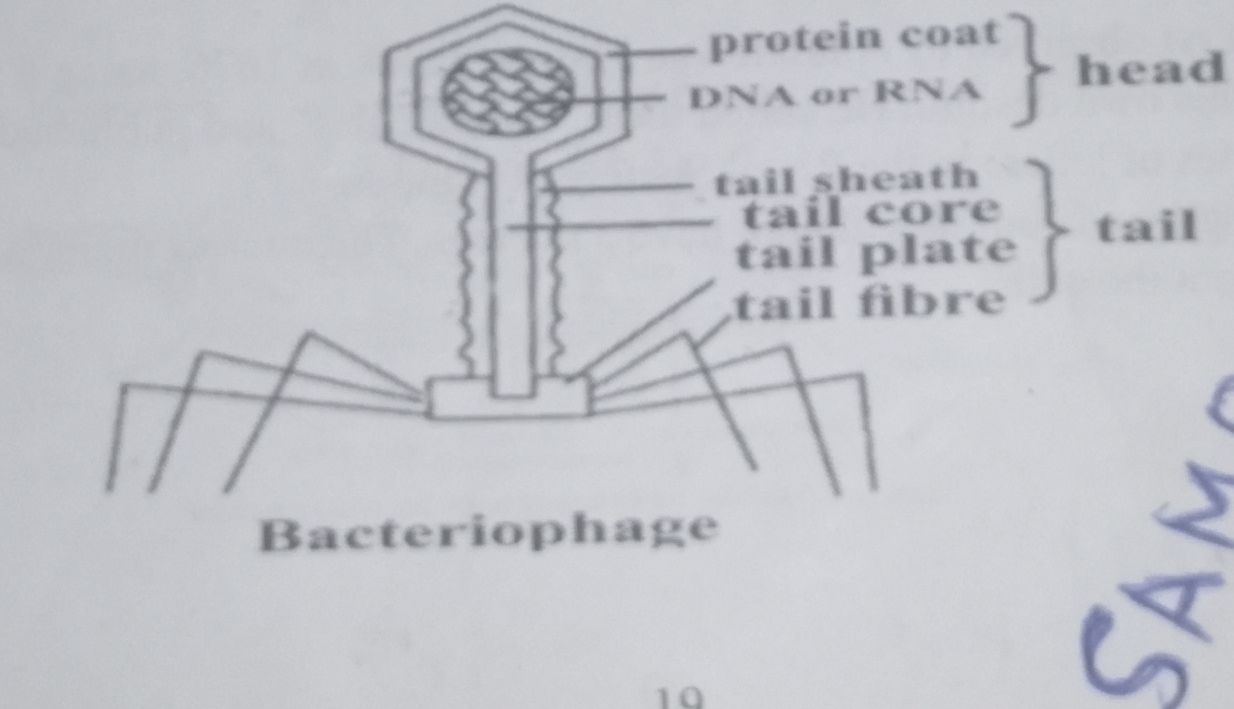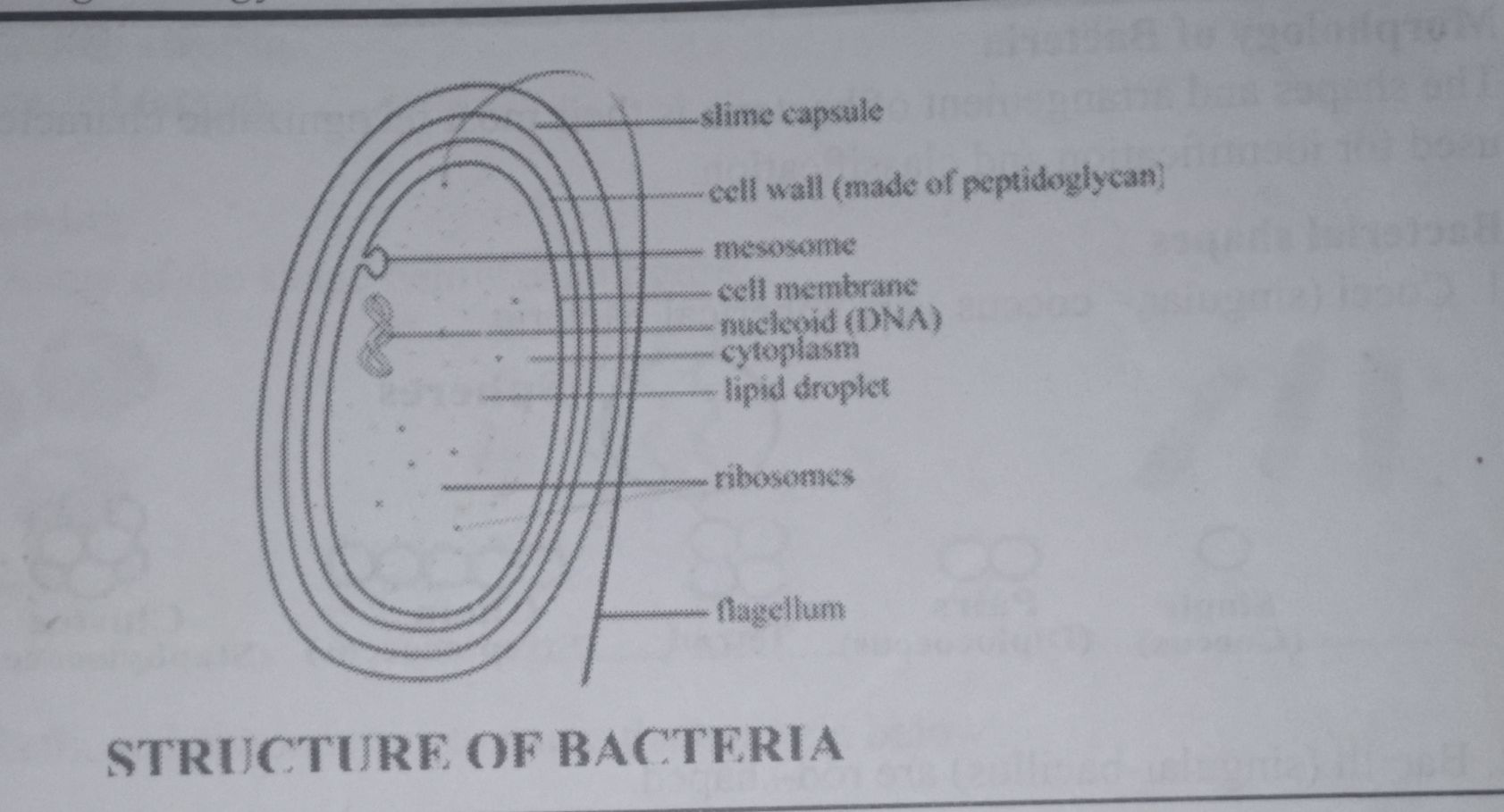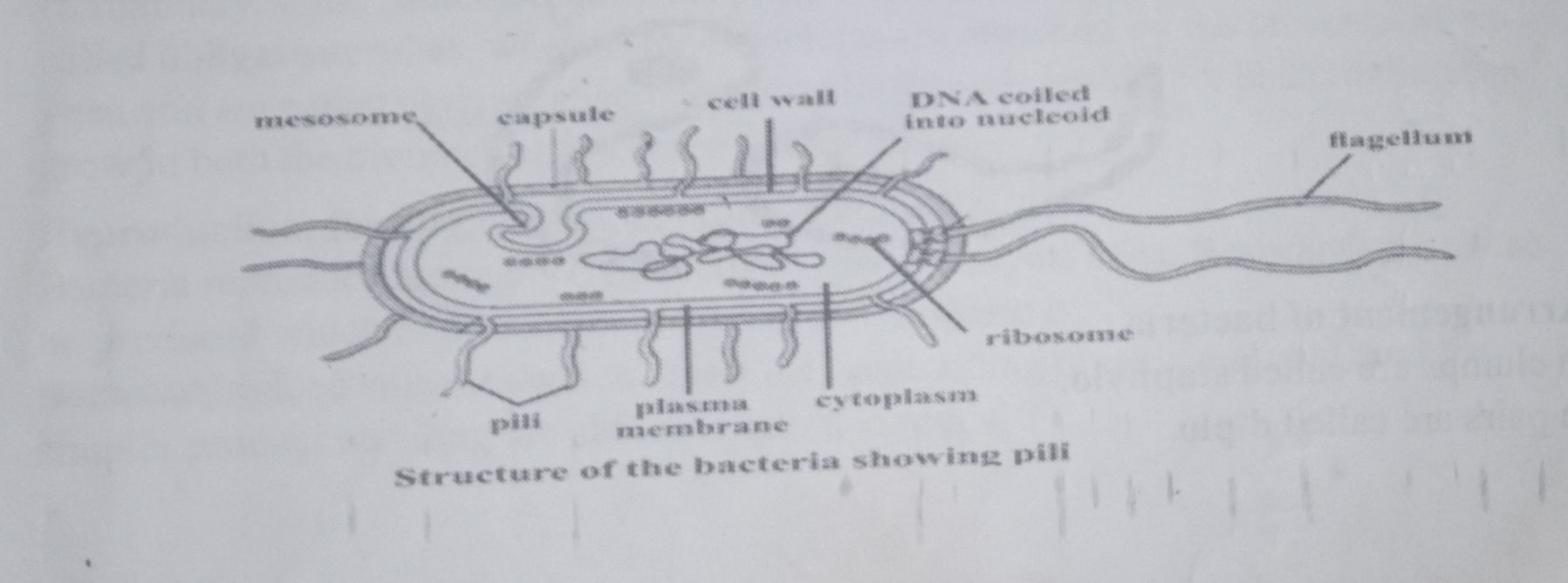
The cell is the functional basic unit of life. It was discovered by Robert Hooke in 1665 when he used his compound microscope to observe thin slices of cork tissue which he called cells. The cell is the functional unit of all known living organisms. It is the smallest unit of life that is classified as a living thing, and is often called the building block of life.
The Cell Theory, First developed in 1839 by Matthias Jakob Schleiden and Theodor Schwann, states that:
Some organisms consist of one cell and are called unicellular organisms (e.g. Amoeba, Euglena, Plasmodium, Paramecium). Other organisms are made up of two or more cells and are called multicellular organisms (e.g. liverwort, ferns, mango, goats, and humans).
Cells are classified as akaryotic, prokaryotic, and eukaryotic cells depending on the presence or absence of a nucleus and if present, whether or not they are membrane-bound.
Akaryotes are nucleoprotein particles. They do not possess a nucleus. They depend on other organisms for their existence and are able to grow and reproduce only in the cells of other organisms. They are non-cellular, e.g., viruses.
A virus is an infective non-nucleated particle which is capable of reproducing within a living tissue.
A complete virus particle, known as a virion, consists of nucleic acid surrounded by a protective coat of protein called a capsid. The nucleic acid can be either DNA or RNA (deoxyribonucleic acid or ribonucleic acid).
Some viruses also have an elaborate protein tail region. The tail aids in binding to the surface of the host cell and penetrating the surface of the host so that the virus's genetic material can be introduced.
Most viruses cannot be seen with a light microscope, so electron microscopes are used to visualize virion.

Viruses are not classified as living organisms because they are not cells and do not have a nucleus, cytoplasm, or cell membrane.
However, viruses are also considered as living because they can multiply inside a living cell.
Certain types of viruses called bacteriophages can cause fatal infections to bacteria.
All viruses are pathogenic, meaning they are disease-causing organisms.
The bacteriophage is a virus that attacks bacteria and causes disease. Its structure is made of:

Retroviruses use their RNA to synthesize DNA and continue to replicate in the cell. An example is Human immunodeficiency virus which causes AIDS.
A prokaryotic cell has nuclear material which is not bounded by a nuclear membrane and is the cells of bacteria (Escherichia coli) and Blue-green bacteria.
Bacteria were first observed by Antonie van Leeuwenhoek in 1676, his own design. He called them "animalcules" and published his observations in a series of letters to the Royal Society of London.
Bacteria are single cells but they do not have a nucleus. The nuclear material (DNA) is spread throughout the cell.

| Parts | Function |
|---|---|
| Capsule | This layer of polysaccharide (sometimes proteins) protects the bacterial cell. |
| Cell Wall | Composed of peptidoglycan (polysaccharides + protein), the cell wall maintains the overall shape of a bacterial cell. |
| Pili | These hollow, hair-like structures made of protein. The primary function of pili are to attach a bacterial cell to specific surfaces or other cells. |
| Flagella | The purpose of flagella (sing. flagellum) is motility. Bacteria may have one, a few, or many flagella in different positions on the cell. |
| Chromosomes | Contains the genetic material of the bacteria. |
| Storage Granules | Reserves may be stored in the cytoplasm in the form of glycogen, lipids, polyphosphate, or in some cases, sulphur or nitrogen. |
| Mesosomes | Mesosomes are areas in the cell membrane of prokaryotic (bacterial) cells that fold inward. They play a role in cellular respiration, the process that breaks down food to release energy. |





Bacteria differ in their requirement for oxygen during respiratory processes. They include:
1. Aerobic bacteria require oxygen for respiration. Obligate aerobic bacteria need oxygen because they cannot ferment or respire anaerobically. They gather at the top of the tube where the oxygen concentration is highest, e.g., Mycobacterium tuberculosis, Vibrio shaped, and Bacillus subtilis. 2. Anaerobic bacteria survive and grow in environments with little or no oxygen. They include strains that cause botulism and tetanus. Examples are Clostridium tetani and Clostridium botulinum.In summary, some bacteria require the presence of free oxygen for growth and are called obligate aerobes, whereas other bacteria are poisoned by the presence of oxygen and are called obligate anaerobes. Facultative anaerobes are bacteria that can grow in both the presence and absence of oxygen.
Bacteria reproduce asexually by mitotic division into two cells. Resistant spores can be produced which often remain dormant for long periods.
Bacteria produce enzymes which digest the surrounding organic material, and the simpler products resulting are absorbed into their cells. Although few bacteria are pathogenic (diseases-causing), there are some which are useful to man
| Name of Bacterium | Diseases Caused |
|---|---|
| Vibrio cholerae | Cholera |
| Salmonella typhi | Typhoid |
| Clostridium tetani | Tetanus |
| Corynebacterium diphtheriae | Diphtheria |
| Mycobacterium tuberculosis | Tuberculosis |
| Clostridium botulinum | Botulism |
| Name of Bacterium | Activities |
|---|---|
| Rhizobium | Found in roots of legumes (Peas, beans), fixes atmospheric nitrogen as ammonia, which is then converted into useful amino acid. |
| Azotobacter | Makes the soil fertile. It fixes atmospheric nitrogen into the soil. |
| Streptomycetes | Produces Streptomycin antibiotic. |
| Methanogenic bacteria | Sewage treatment |